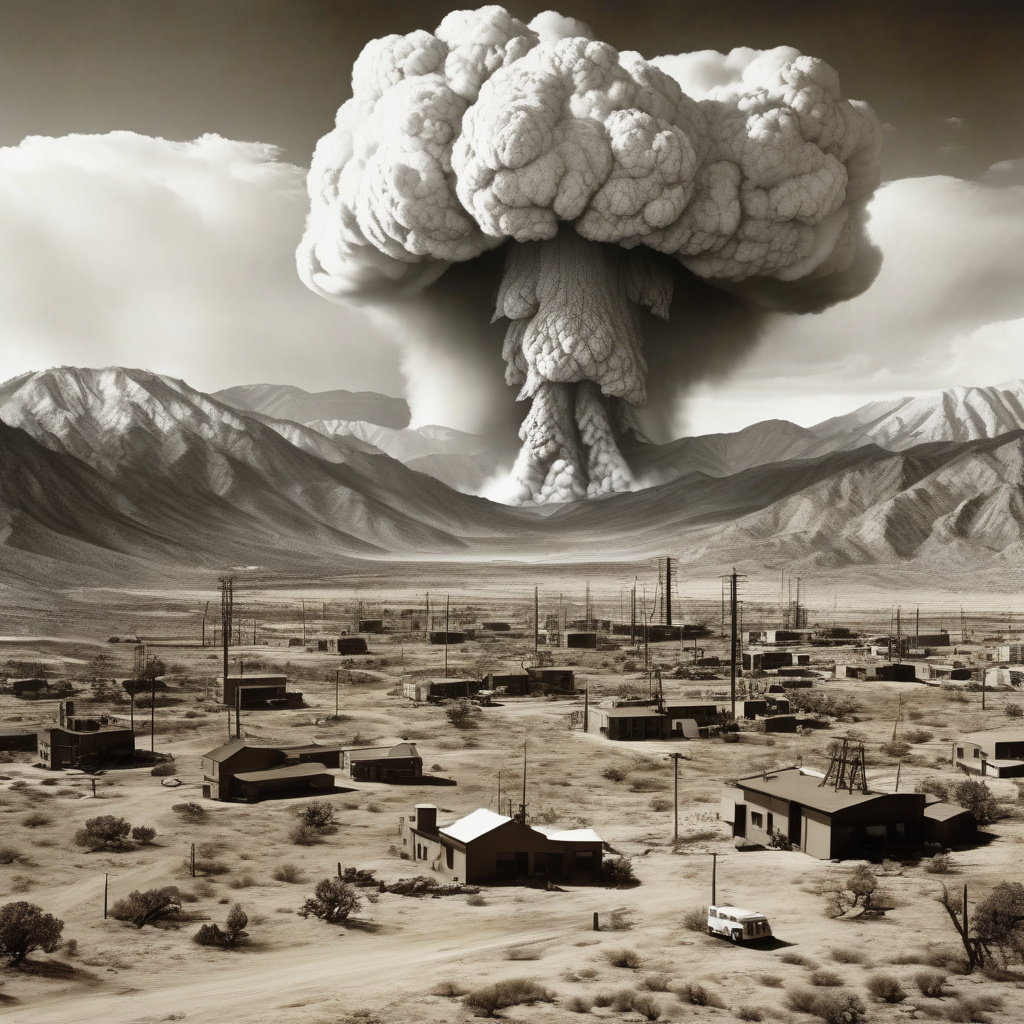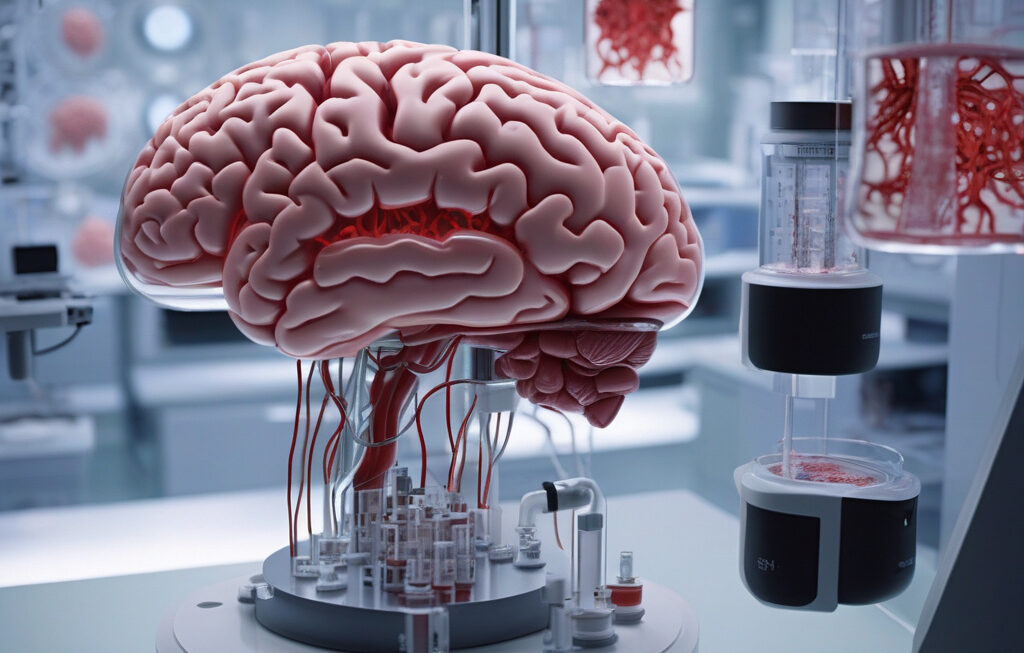Nuclear Tests Could Slip Past Detection If Timed with Earthquakes, Reveals New Study
Scientists in the United States have stated that it might be possible for countries to conceal underground nuclear tests by coordinating them with natural earthquakes. This alarming revelation comes from a study conducted by researchers at the Los Alamos National Laboratory in New Mexico.
The study, recently published in the journal “Seismological Research Letters,” highlights the potential loophole in current monitoring systems designed to detect underground nuclear explosions. By analyzing seismic data from both natural earthquakes and controlled nuclear tests, the researchers found that it could be challenging to distinguish between the two if they occur simultaneously.
This discovery raises significant concerns regarding the effectiveness of international treaties such as the Comprehensive Nuclear-Test-Ban Treaty (CTBT), which aims to prevent the testing of nuclear weapons. With this new information, countries could potentially exploit the overlap between seismic signals from earthquakes and nuclear tests to evade detection and verification measures.
While the research sheds light on a potential security vulnerability, it also underscores the importance of advancing monitoring technologies to differentiate between natural and artificial seismic events accurately. Enhancing the sensitivity and resolution of seismographic networks worldwide could be crucial in addressing this emerging threat to nuclear non-proliferation efforts.
Furthermore, the study emphasizes the need for increased collaboration and information sharing among countries to strengthen the global nuclear monitoring system. Detecting clandestine nuclear tests requires a coordinated and comprehensive approach that leverages the expertise and resources of multiple nations.
In response to these findings, experts are calling for a reevaluation of current monitoring strategies and the development of innovative techniques to improve the detection capabilities of the international community. Investing in research and technology to enhance the discrimination of seismic signals could be a critical step in safeguarding against potential nuclear proliferation risks.
As the world grapples with the evolving landscape of nuclear threats, staying ahead of emerging challenges is paramount. By staying vigilant and proactive in addressing gaps in monitoring and verification, the international community can uphold the integrity of nuclear non-proliferation efforts and promote global security.
In conclusion, the study’s findings serve as a stark reminder of the constant need for innovation and adaptation in the realm of nuclear security. By staying abreast of technological advancements and collaborating on a global scale, countries can mitigate the risks posed by covert nuclear activities and uphold the principles of arms control and disarmament.
nuclear tests, earthquakes, detection, international treaties, monitoring systems












